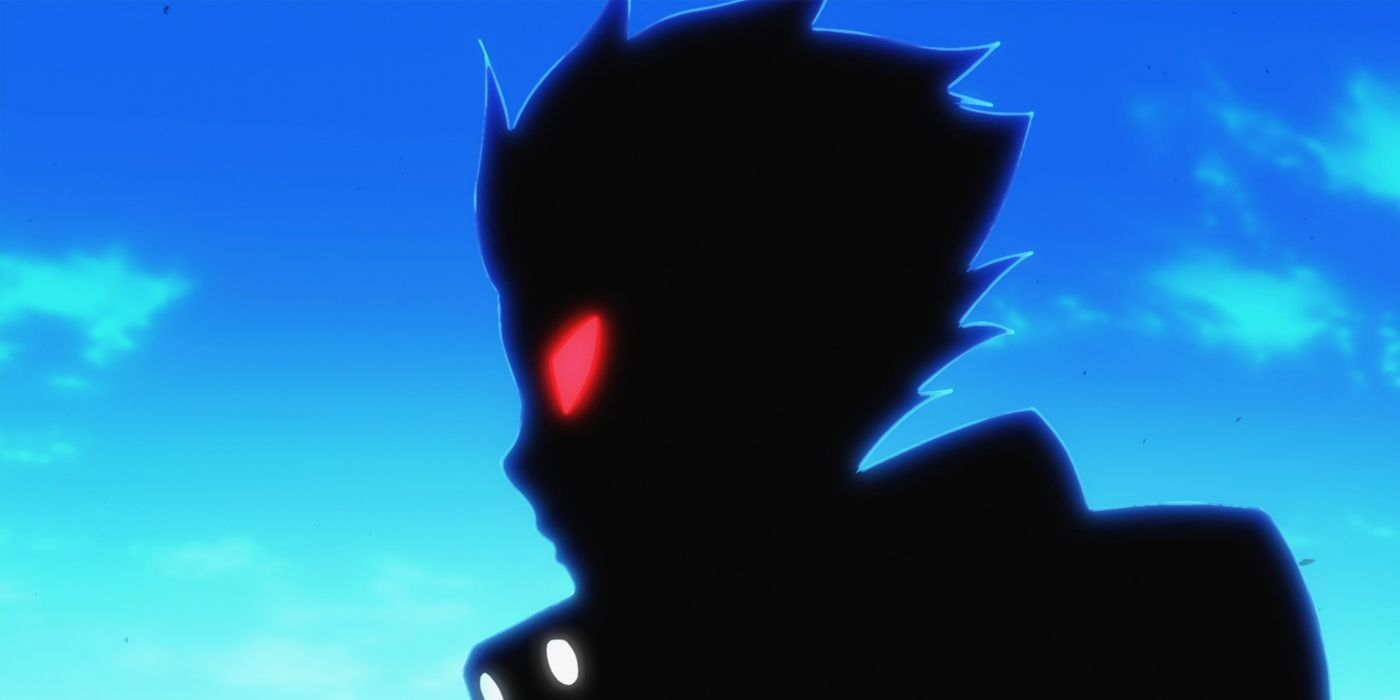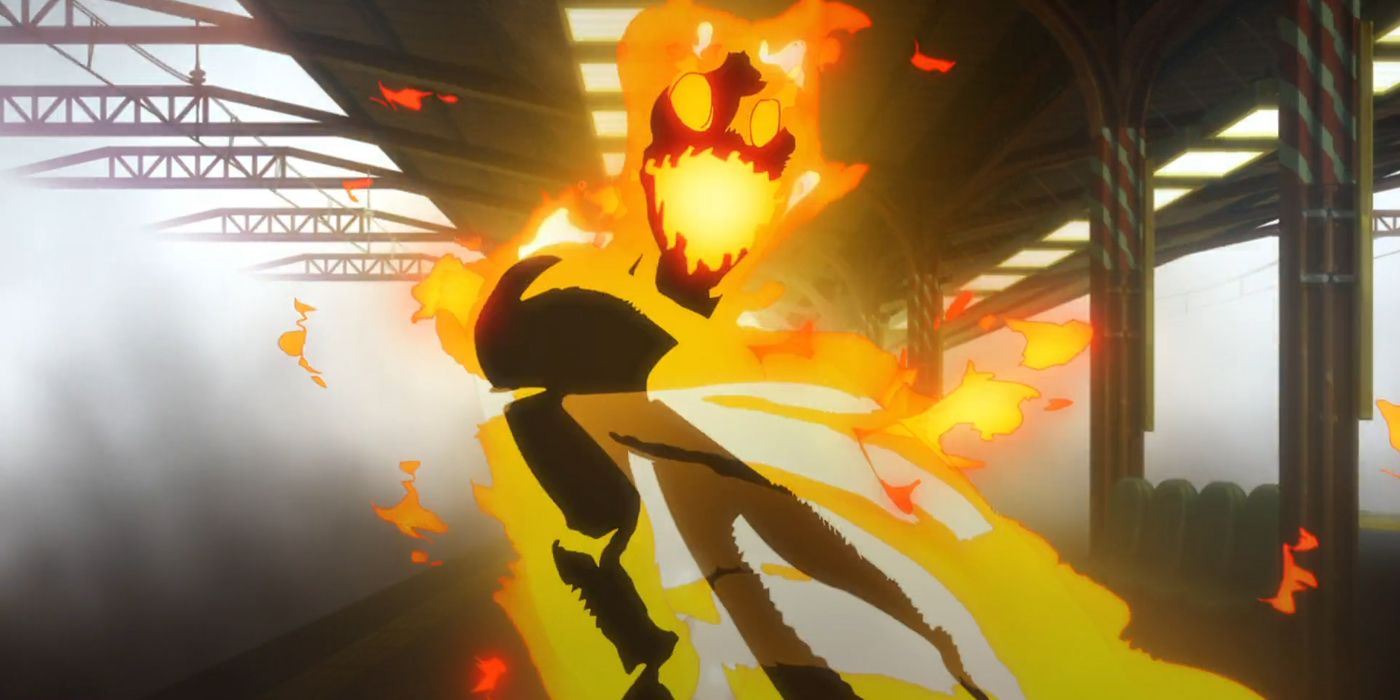The manga series Fire Force, which began running in 2015, is now entering its final arc, setting the stage for yet another major change in the current big-name manga line-ups.
Fire Force is written by Atsushi Okubo, best known for writing Soul Eater, and published by Kodansha, one of the biggest publishers of manga in Japan. Fire Force's story revolves around Shinra Kusakabe, a young man with fire-based powers who works with the Special Fire Force teams to defeat demons known as Infernals, which can erupt from ordinary people at essentially any time. The truth behind where Infernals come from and why they've come to be such a problem has been the core mystery of the series, and as the final story arc begins, it's time to at last offer some answers to the questions that have built up over its run.
At present, Fire Force is one of the longest-running current manga in Kodansha's popular Weekly Shonen Magazine, only beaten out by extreme long-runners, like the boxing manga Hajime no Ippo. Manga magazines, and particularly those which rely heavily on serialized shonen action series, tend to use these long-running titles as anchors to sell copies, while introducing new series on a regular basis that can hopefully build up a fanbase and carry the torch when it's time for a previous pillar series to end.
In recent years, however, finding an heir to the long-runner throne has proven difficult, both for Kodansha's Weekly Shonen Magazine and their primary competitor, Shueisha's Weekly Shonen Jump. For both magazines, many of their current popular series are coming to an end; aside from Fire Force, Kodansha's popular Tokyo Revengers is also in its final arc, while Shueisha's My Hero Academia is racing towards its finale and Dr. Stone is also close to the end. Even Jujutsu Kaisen's creator has stated he hopes to finish the series with roughly 200 chapters, putting its ending uncomfortably close as well. The loss of long-runners has led to major problems for both publishers in the past, most significantly with Dragon Ball's ending in the mid-1990s, which caused a massive drop in readership for Shonen Jump.
While manga as a medium is more popular than it's ever been in many ways, it's a situation that could change dramatically without new long-running pillar series to keep magazine readership high. Both publishers have had a turn towards creating sequels from popular titles in their back catalog to help patch up this issue, leading to series like Yashahime bringing Inuyasha's world back to print for the first time in over a decade.
As a result of all this, the landscape of the manga industry is primed for major change for the first time since Shonen Jump's Big Three broke apart following Naruto's end and Bleach's cancellation in the mid-2010s. Not coincidentally, that's exactly when many of the series mentioned here began their runs. While major series like Fire Force coming to an end can be sad, there are few times more exciting for manga fans than when the stage is wide open for a bold newcomer to shake up the medium, potentially changing the way fans read comics for years to come.


